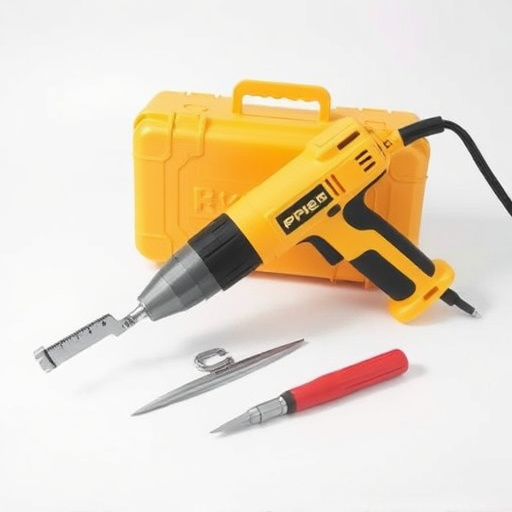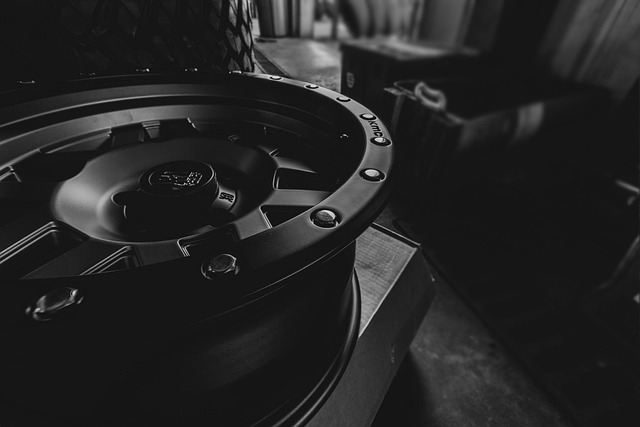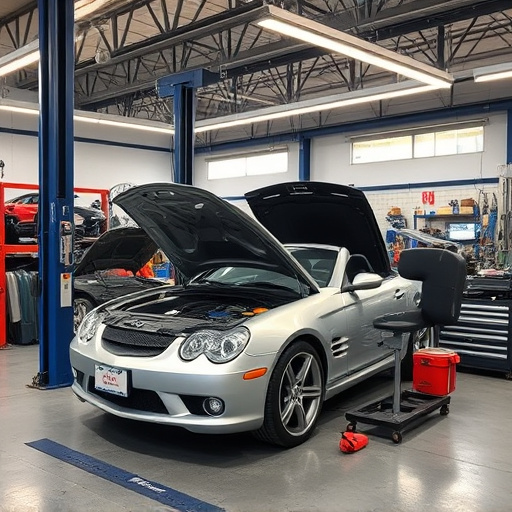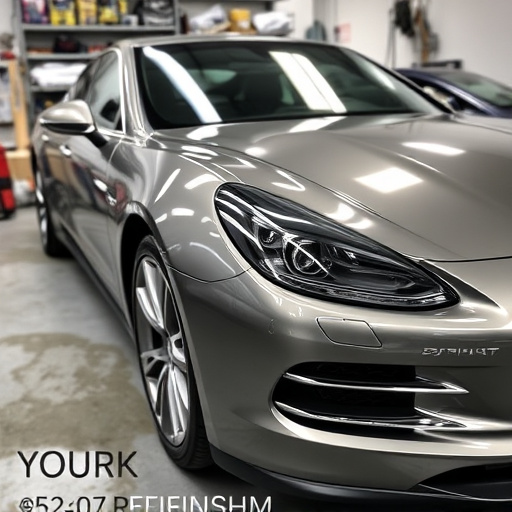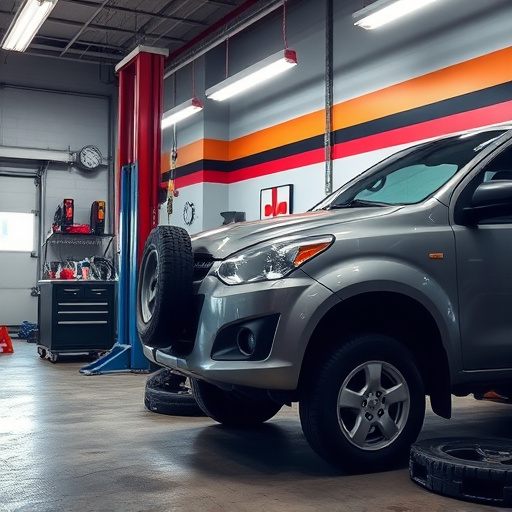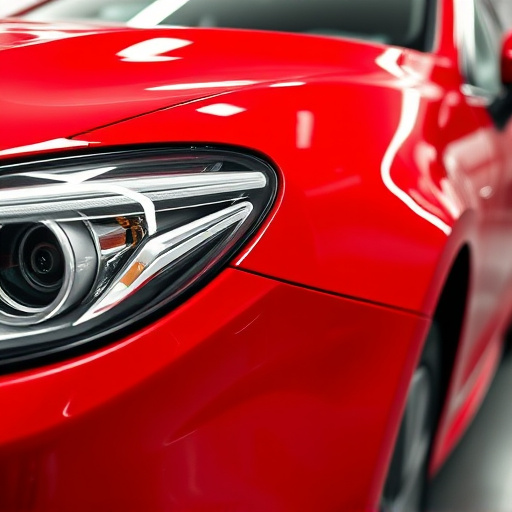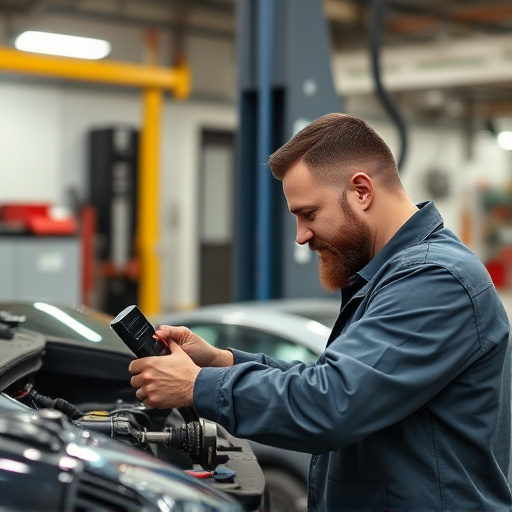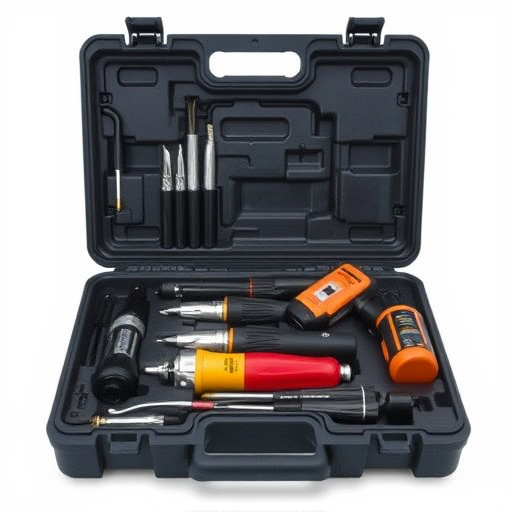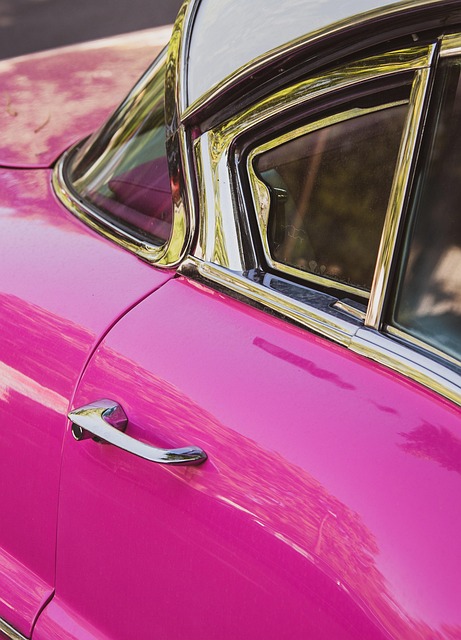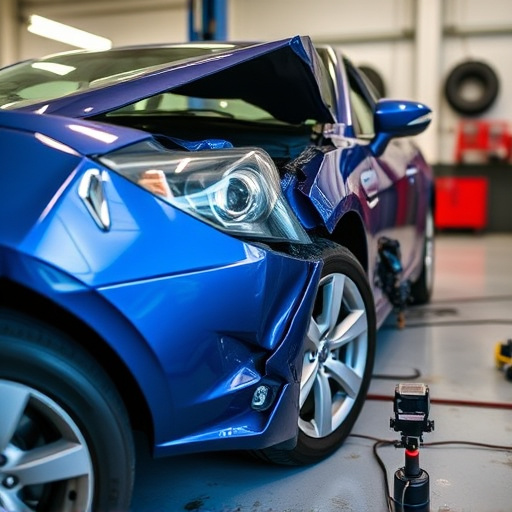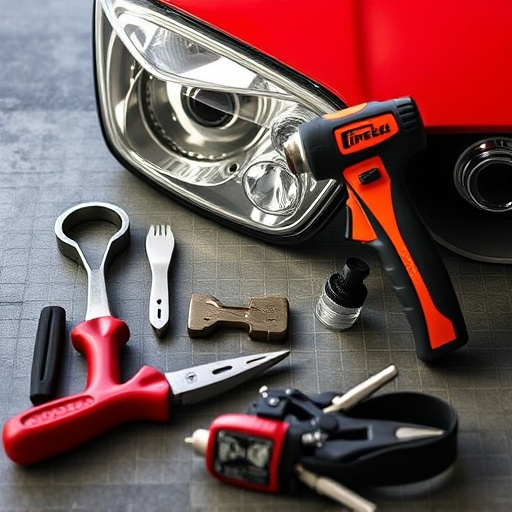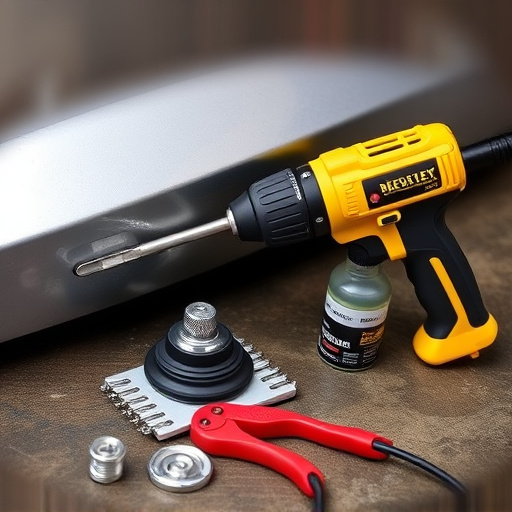OEM (Original Equipment Manufacturer) glass is superior for vehicle repair, offering enhanced visibility, structural integrity, temperature control, and seamless integration with modern car systems like rain sensors. Effective installation requires proper preparation and adhesive use. Post-installation maintenance includes regular cleaning, debris removal, and damage inspection to ensure optimal performance and safety, especially for advanced features like rain sensor glass repair. For any issues, consult a reliable collision repair shop.
Looking to enhance your vehicle’s performance and visibility? Consider OEM (Original Equipment Manufacturer) glass. This high-quality automotive glass offers superior clarity, durability, and advanced features like integrated rain sensors. In this guide, we’ll walk you through understanding OEM glass, its benefits, and a step-by-step process for effective application. We’ll also share tips to ensure optimal performance after installation, including essential maintenance practices for your rain sensor glass repair.
- Understanding OEM Glass and Its Benefits
- Steps to Apply OEM Glass Effectively
- Tips for Maintaining Optimal Performance After Installation
Understanding OEM Glass and Its Benefits
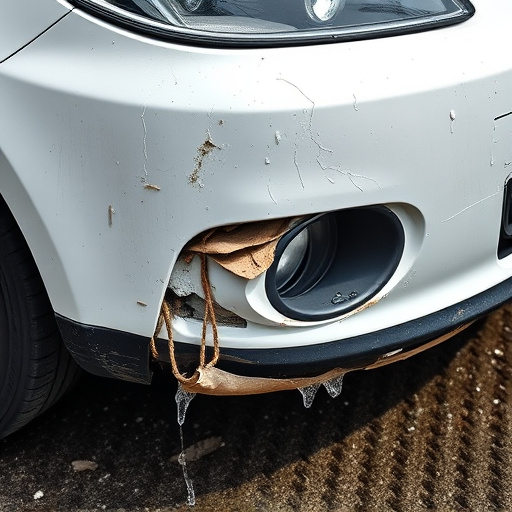
OEM (Original Equipment Manufacturer) glass is designed and engineered to meet the specific requirements of a vehicle’s make and model, ensuring superior performance and safety. It’s more than just a replacement window; it’s a critical component that aligns perfectly with the car’s design and technological features. When you opt for OEM glass during repair or replacement, especially for rain sensor glass repair, you’re benefiting from enhanced visibility, improved structural integrity, and better compatibility with advanced vehicle systems.
In today’s modern automotive landscape, OEM glass plays a pivotal role in enhancing the overall driving experience. Its precision-cut design not only complements the vehicle’s aesthetic appeal but also contributes to optimal air flow and temperature regulation. Moreover, rain sensor glass repair ensures that your car’s sophisticated weather-sensing technology functions seamlessly, providing automatic defogging and rainfall detection for enhanced safety and comfort—a far cry from less specialized alternatives like generic or aftermarket glass.
Steps to Apply OEM Glass Effectively
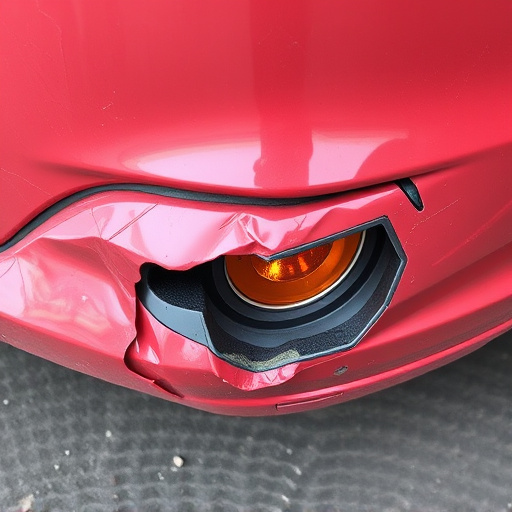
Applying OEM (Original Equipment Manufacturer) glass effectively is a process that ensures your car’s windshields and windows function at their best, enhancing safety and performance. Here are the steps to achieve this:
1. Preparation: Begin by gathering all necessary tools and materials, including the OEM glass, sealant, wipes, and gloves. Ensure your workspace is clean and well-lit. Remove any debris or contaminants from the area you’ll be working on, as even the slightest imperfection can affect the glass’ adherence. For rain sensor glass repair, this step becomes crucial to prevent future issues with sensor functionality.
2. Installation: Position the new OEM glass carefully, ensuring it aligns precisely with the existing frame. Use a suitable adhesive or sealant recommended for your vehicle’s make and model. Follow the manufacturer’s instructions regarding application and curing times. This is particularly important in areas prone to temperature extremes or weather changes, such as door seals, where proper sealing is essential for both auto glass repair and rain sensor functionality.
Tips for Maintaining Optimal Performance After Installation
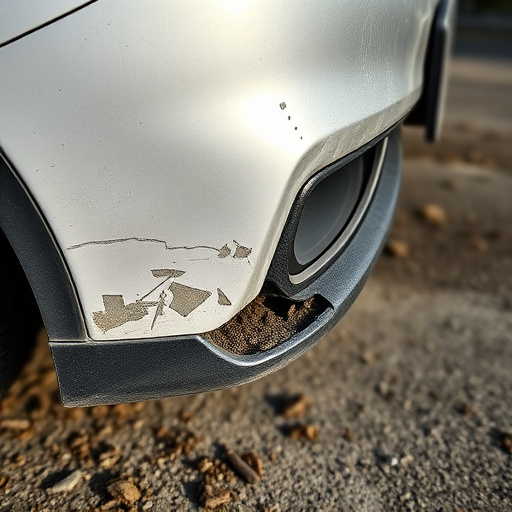
After successfully installing OEM glass for improved vehicle performance, there are several tips to ensure optimal maintenance and longevity. Regular washing and wiping of the glass with a microfiber cloth and non-abrasive cleaner is essential to prevent dirt and smudges from affecting visibility. Additionally, keeping the glass free from any debris or insects ensures maximum clarity. It’s also crucial to inspect for any signs of damage immediately after installation and at regular intervals. Promptly addressing cracks or chips can prevent further deterioration and maintain the integrity of the glass.
Remember, a well-maintained rain sensor glass system not only enhances driving performance but also contributes to safer operations, especially in adverse weather conditions. If you encounter any issues or require professional intervention for repairs, such as rain sensor glass repair, consulting a reliable collision repair shop or automotive repair services provider near your location is recommended.
Applying OEM (Original Equipment Manufacturer) glass can significantly enhance your vehicle’s performance, particularly with modern features like rain sensors. By following these steps and tips, you can ensure a successful installation that lasts. Regular maintenance, including keeping the glass clean and free from scratches, will help maintain optimal performance, ensuring a smoother driving experience and better sensor functionality. Remember, proper care after repair is key to getting the most out of your rain sensor glass repair.
